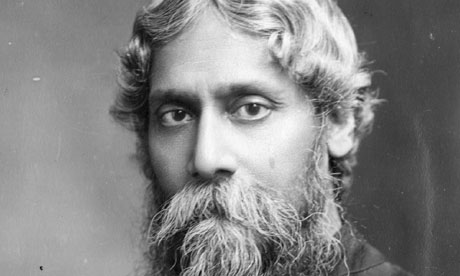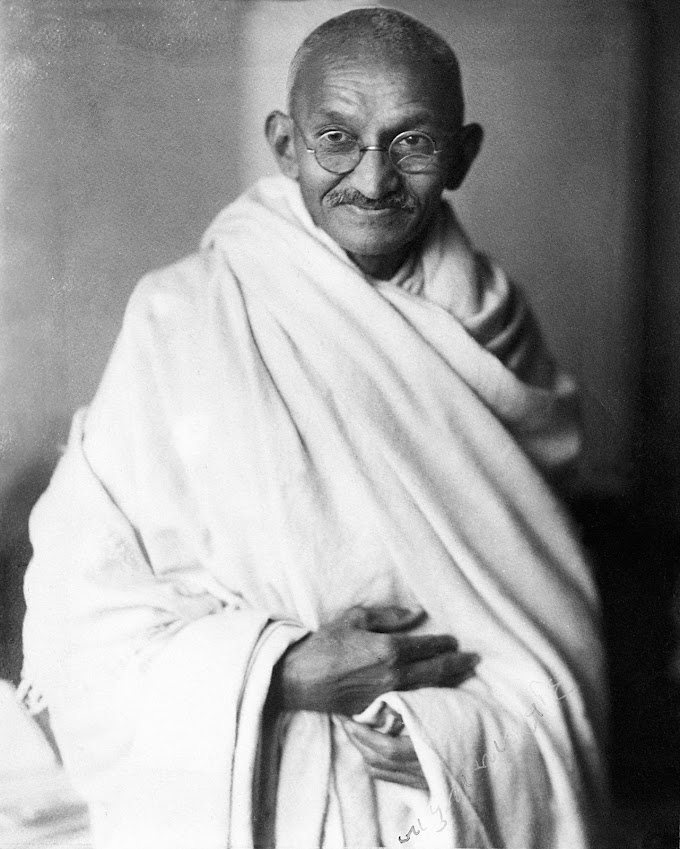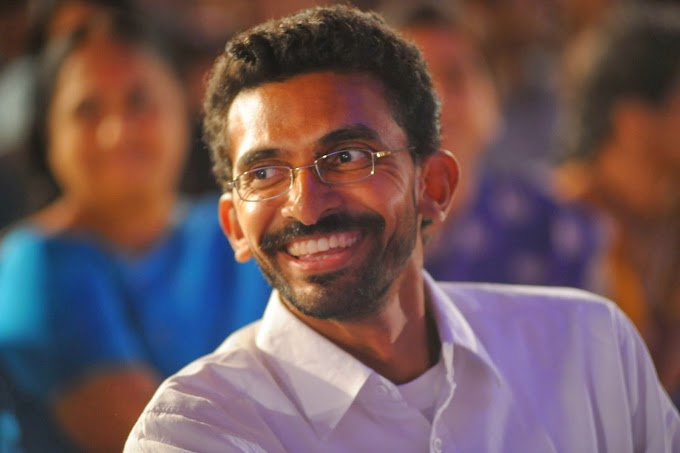.jpg) |
| Rare Photos Of Indian Athlete Milkha Singh | Real-Life Photos |
Rare Photos Of Indian Athlete Milkha Singh | Real-Life Photos
.jpg) |
| Indian Athlete Milkha Singh with Wife Nirmal Kaur | Rare Photos Of Indian Athlete Milkha Singh | Real-Life Photos |
.jpg) |
| Rare Photos Of Indian Athlete Milkha Singh | Real-Life Photos |
.jpg) |
| Rare Photos Of Indian Athlete Milkha Singh | Real-Life Photos |
.JPG) |
| Rare Photos Of Indian Athlete Milkha Singh | Real-Life Photos |
.jpg) |
| Rare Photos Of Indian Athlete Milkha Singh | Real-Life Photos |
.jpg) |
| Rare Photos Of Indian Athlete Milkha Singh | Real-Life Photos |
.jpg) |
| Rare Photos Of Indian Athlete Milkha Singh | Real-Life Photos |
.jpg) |
| Rare Photos Of Indian Athlete Milkha Singh | Real-Life Photos |
.jpg) |
| Rare Photos Of Indian Athlete Milkha Singh | Real-Life Photos |
.jpg) |
| Rare Photos Of Indian Athlete Milkha Singh | Real-Life Photos |
.jpg) |
| Rare Photos Of Indian Athlete Milkha Singh | Real-Life Photos |
.jpg) |
| Rare Photos Of Indian Athlete Milkha Singh | Real-Life Photos |
.jpg) |
| Rare Photos Of Indian Athlete Milkha Singh | Real-Life Photos |
.jpg) |
| Rare Photos Of Indian Athlete Milkha Singh | Real-Life Photos |
.JPG) |
| Rare Photos Of Indian Athlete Milkha Singh | Real-Life Photos |
.jpg) |
| Rare Photos Of Indian Athlete Milkha Singh | Real-Life Photos |
.JPG) |
| Indian Athlete Milkha Singh with Grandson | Rare Photos Of Indian Athlete Milkha Singh | Real-Life Photos |
.jpg) |
| Rare Photos Of Indian Athlete Milkha Singh | Real-Life Photos |
.jpg) |
| Rare Photos Of Indian Athlete Milkha Singh | Real-Life Photos |
.jpg) |
| Rare Photos Of Indian Athlete Milkha Singh | Real-Life Photos |
.jpg) |
| Rare Photos Of Indian Athlete Milkha Singh | Real-Life Photos |
.jpg) |
| Rare Photos Of Indian Athlete Milkha Singh | Real-Life Photos |
 |
| Rare Photos Of Indian Athlete Milkha Singh | Real-Life Photos |
.jpg) |
| Rare Photos Of Indian Athlete Milkha Singh | Real-Life Photos |
.jpg) |
| Indian Athlete Milkha Singh with Wife Nirmal Kaur, Son Golfer Jeev Milkha Singh, Daughter-in-law Kudarat & Grandson - Family Pic | Rare Photos Of Indian Athlete Milkha Singh | Real-Life Photos |
.jpg) |
| Rare Photos Of Indian Athlete Milkha Singh | Real-Life Photos |
.jpg)

.jpg)

![Dr.S.Jaishankar (Subrahmanyam Jaishankar) [Minister of External Affairs (Foreign Minister) of India] Family Photos | Real-Life Photos](https://blogger.googleusercontent.com/img/b/R29vZ2xl/AVvXsEgRkqtS6gzYw8q_pwf-q0QnrzgP7zskfYRml0i0LC2gHUN6IG9VNKQoUDkyCfCxY7xpeGwgAtTnTFImXDVKdx8BfnUMQhkM_WoRufvwiYqDKJHUx9LJdhK1r9kyu3bLSUoJWI6wv4nyLjhZE77gviS-nNHU1_rOrh7DLr4CLNfSB0mD05KLTh2NmD_8Gw/w680/Dr-S-Jaishankar-Subrahmanyam-Minister-External-Affairs-Foreign-India-Family-Real-Life-Photos%20(1).jpg)

.jpg)
.png)
3 Comments
He is my favorite athlete,MILKHA SINGH is the best and I am very surprised that he struggled for so many years to be the best I salute him still I am very much surprised.. that he really struggled and what about his girlfriends..(2 were there).
ReplyDeleteUnfortunately pakistans great sprinter Abdul Khalik is nowhere visible on net except Milkha Singh"s touchdown, is it also India's responsibility to give him due respect?
ReplyDeleteHowdy would you mind letting me know which webhost you're using? I've loaded your blog in 3 completely different browsers and I must say this blog loads a lot quicker then most.Can you suggest a good internet hosting provider at a honest price? Thanks a lot,I appreciate it!
ReplyDeleteThe Girl on the Train Movie Tickets